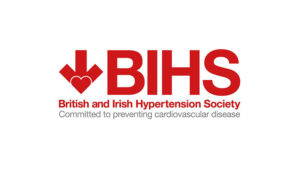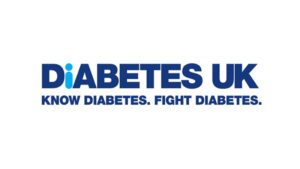What a winter we have had! Many children have seen heavy snow fall for the
first time and London was completely immobilised due to the weather. At the
same time our hospitals have been battling to cope with patients suffering with
respiratory infections and exacerbations of their COPD. GP practices have been
stretched to the limit to cope with the additional burden of coughs and colds.
Building capacity is a real problem for everyone working in the health service and
patients’ demands and expectations continue to grow.
Asbestos and the lung
Although the use of asbestos in this country has been tightly controlled for over 30 years
the incidence of asbestos-related lung diseases has increased dramatically over the
last few years. It is expected that this increase will continue during the next decade.
This article describes some of the different lung diseases caused by asbestos and their
management, and provides a useful clinical background to the issues for healthcare workers in
primary care.
Back to Basics: How to use a nasal spray
Travel tips for patients with respiratory conditions and allergy
Many of your patients will be planning their holidays, but some may be worrying
unnecessarily about their respiratory condition. There are a host of resources and
information available for them, and practice nurses can make sure they provide the
right information about travelling with asthma, COPD or allergies. This article
provides practical tips on how best to advise patients who are thinking of going on holiday.
Scoring Top QOF Points for COPD
Making the most of self-management plans in COPD
The Department of Health’s Expert Patient Programme recognises the role of selfmanagement
in many different disease areas and its report Self Care recommends the
concept of encouraging people with long-term conditions to self-manage where
possible. Diabetes management would never succeed without the active participation of
the person with the condition and asthma management plans have been advocated for some
time for people with asthma. What can self-management plans achieve in chronic obstructive
pulmonary disease (COPD)?
Editorial: Winter
You may have thought you were safe from dire warnings about global warming in the pages of BJPCN. But hayfever is one of the themes of this issue and the mild winter has meant that some people suffered symptoms much earlier than usual as pollens which can trigger allergic reactions were found in the air as early as January.
Anxiety in Patients with Respiratory Disease
Anxiety is a significant problem for many patients with respiratory disease and can have
a very negative impact on the disease course and prognosis. Practice nurses have an
important role to play in identifying anxiety and referring patients for appropriate
treatment. This article will focus on anxiety in such patients and aims to help you
understand what anxiety is, how anxiety affects patients, how to recognise symptoms of anxiety
and how to use the Hospital Anxiety and Depression Scale. A second article, to be published in
the next issue, will focus on management of anxiety.
Editorial
Chronic kidney disease (CKD) has moved rapidly up the healthcare agenda over the last few years. It has shifted from being considered as a rather nebulous condition of interest mainly to nephrologists to the front line of chronic disease detection and prevention in primary care as part of integrated management of vascular risk. In fact, the links between cardiovascular disease, kidney disease and diabetes are so close that CKD could also stand for ‘cardiovascular, kidney, diabetes.’
Editorial
Feel the fear and do it anyway.’ That could be the message of this special issue of the British Journal of Primary Care Nursing focusing on chronic kidney disease (CKD). Kidneys can be really confusing for practice nurses, with lots of technical sounding tests and numbers. But the good news is that the step-by-step guides and clear articles in this issue will help you get to grips with this important condition and feel empowered to make a real difference to the health and wellbeing of your patients.
Monitoring Chronic Kidney Disease Practice
The NICE guideline for chronic kidney disease (CKD) was introduced in 2008, with the aim of assisting practitioners both in primary and secondary care in the early identification and management of patients with evidence of kidney disease. However, some debate still exists surrounding the implementation of this guideline in everyday clinical practice. In this article, we sort out
Making Sense of Chronic Kidney Disease (CKD)
What exactly is chronic kidney disease (CKD), what causes it and how is it diagnosed? In this article we get down to the basics of defining what CKD is, and explore the stages of CKD. We review CKD progression and the assessment and management recommendations for each stage of CKD.






















